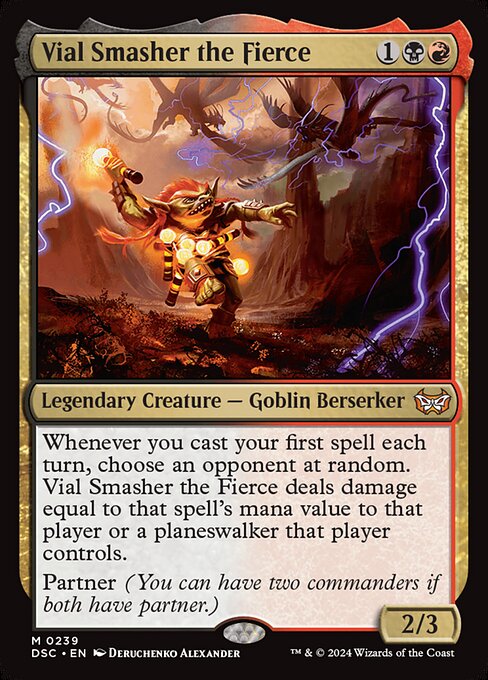Deck & Commander Strategies
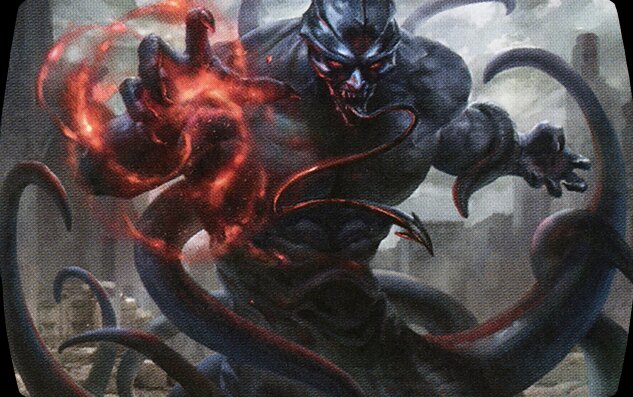
Tevesh Szat, Doom of Fools
Leverages token generation and artifact synergies to control the board and draw cards, aiming to gain incremental advantage and use Tevesh’s ultimate to seize control of opponents’ commanders and close out the game.
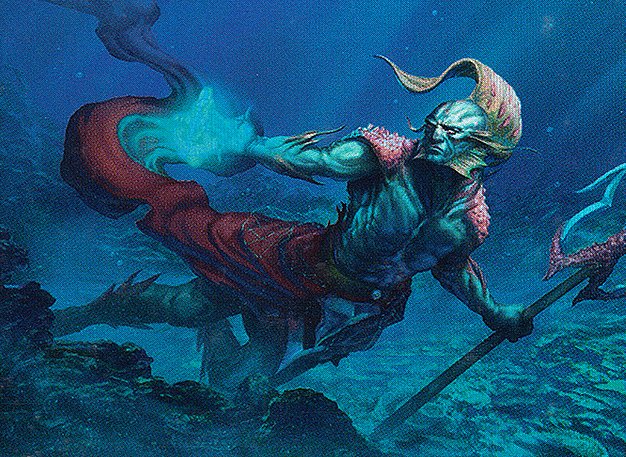
Thrasios, Triton Hero
Focuses on ramp and card advantage through scrying and drawing, often combined with partner commanders to enable combo lines or value engines that generate infinite mana or card draw to win.

Vial Smasher the Fierce
Aggressive damage dealer that pairs with Kraum to maximize damage output from spells cast, aiming to pressure opponents early while enabling card advantage through combined commander attacks.
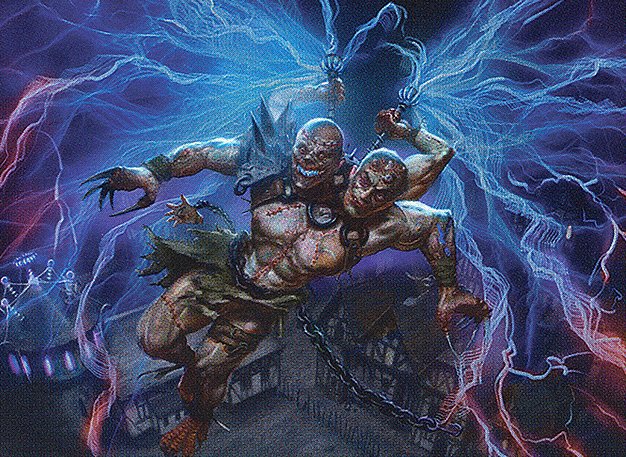
Kraum, Ludevic's Opus
Works in tandem with Vial Smasher to provide card draw and damage synergy, supporting aggressive play and maintaining pressure while enabling combo or control plays.
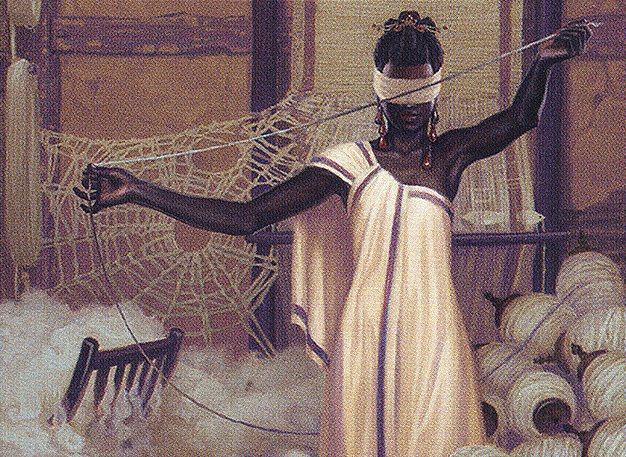
Tymna the Weaver
Utilizes combat damage to draw cards, supporting a strategy centered around attacking with evasive creatures and generating incremental advantage through life loss and card draw.
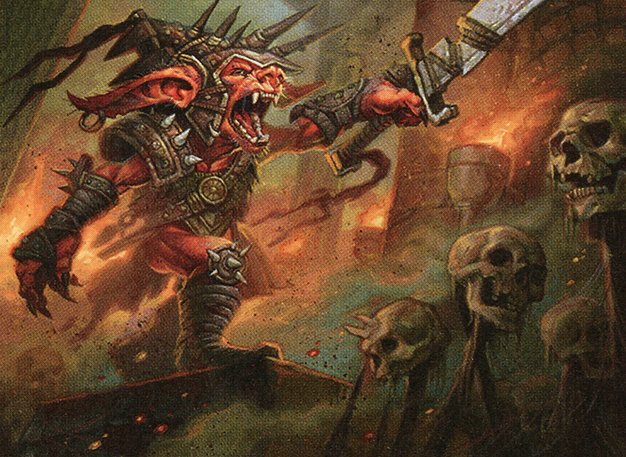
Rograkh, Son of Rohgahh
Aggressive or midrange deck focused on creature combat and sacrifice synergies to generate value, applying pressure with creatures while using sacrifice outlets and token generation.
Gameplay Insights
- 1
Using Tevesh Szat’s minus ability to take control of all commanders was a pivotal board state shift that could decisively alter the game’s trajectory.
- 2
Players maximized value by flash casting creatures like Valley Floodcaller to trigger Rhystic Study draws and maintain tempo.
- 3
Strategic use of bounce spells and artifact synergies kept the board in flux, preventing opponents from establishing overwhelming board presence.
- 4
Utilizing multiple mana acceleration artifacts and lands allowed players to cast high-impact spells like Chromeox and Professional Facebreaker earlier than normal.
- 5
Players carefully timed removal and counterspells to disrupt key combos and protect their critical pieces, demonstrating high-level resource management.
- 6
The interplay of commanders with complementary abilities, such as Vial Smasher and Kraum, created continuous pressure while fueling card advantage engines.
Notable Cards
-

Rhystic Study
-

Vampiric Tutor
-
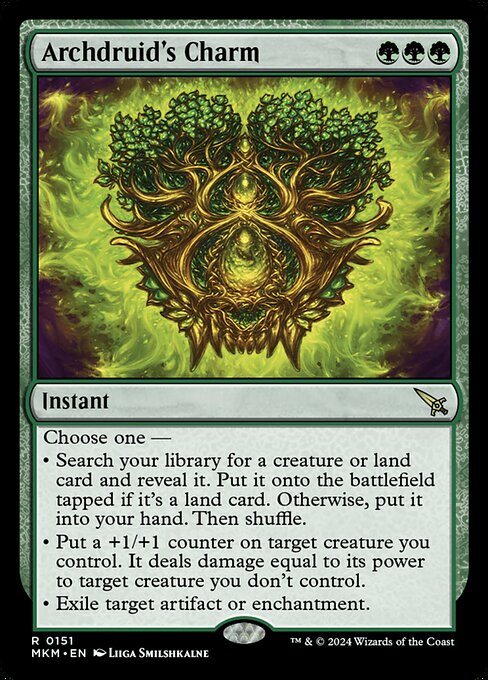
Archdruid's Charm
-
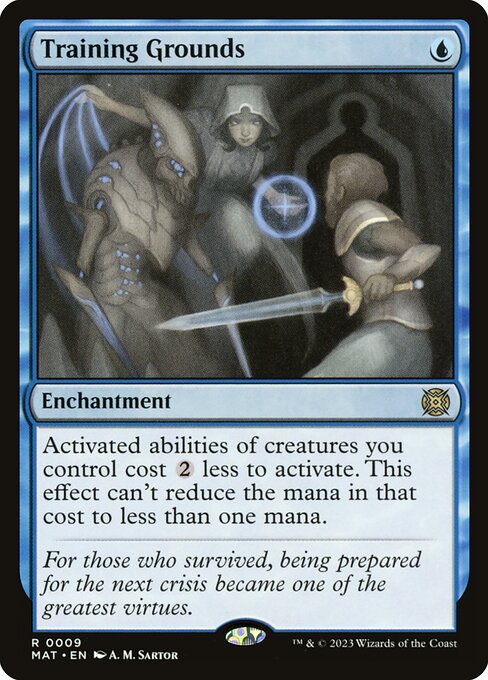
Training Grounds
-

Valley Floodcaller
Gameplay Summary
The game began with players developing their boards cautiously, deploying mana acceleration artifacts such as Mox Opal and lands like Tropical Island and City of Brass to ramp into their commanders and key spells.
Early plays included casting Thrasios, Triton Hero and Tevesh Szat, Doom of Fools, enabling card draw engines and token generation.
The interaction between commanders and synergistic creatures, such as Rograkh with Orcish Bowmaster and various fairies, set the stage for tactical skirmishes and control of the board state.
Players carefully used removal and bounce spells like Odawara and Deadly Relic to disrupt threats and maintain tempo. Midgame shifts featured the deployment of powerful value engines including Training Grounds to reduce activation costs, and casting of curve-topping creatures like Chromeox and Professional Facebreaker to pressure opponents.
The control dynamics intensified with spells like Archdruid's Charm and strategic use of card draw spells (Rhystic Study) and tutors (Vampiric Tutor, Enlightened Tutor) to dig for answers and assemble a winning board.
Notable was the use of Tevesh's minus ability to gain control of all commanders, creating a critical turning point.
The game showcased heavy interaction and resource management, with players leveraging their commanders’ abilities, artifact synergies, and well-timed removal to maintain advantage and set up for a potential combo or overwhelming board presence as the win condition.




